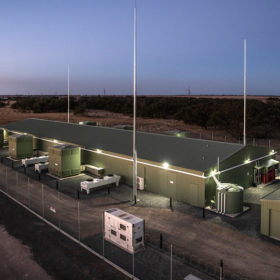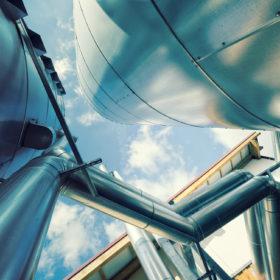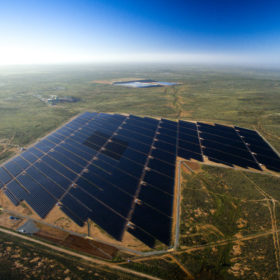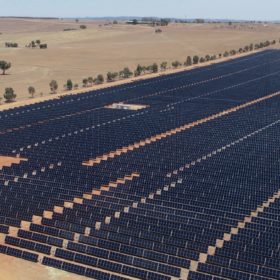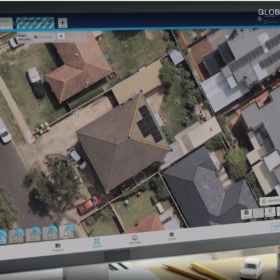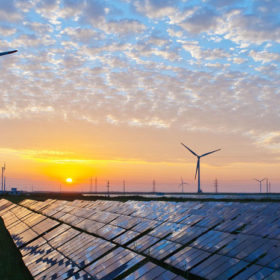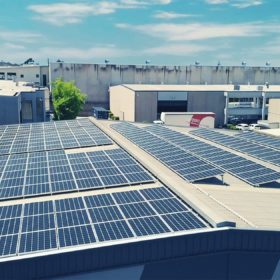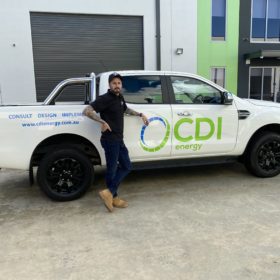AGL unveils multi-site gigawatt-scale battery storage plan
In addition to 330 MW of batteries already announced, Australia’s biggest power producer has unveiled a plan for another 850 MW of grid-scale storage, the bulk of which will be installed alongside its Liddell coal-fired power plant.
Australia’s largest green hydrogen trial gets go-ahead
The NSW Government has approved the development of the state’s first hydrogen gas facility at Horsley Park. The Western Sydney Green Gas Project will power local homes and businesses and supply hydrogen-powered vehicles.
Broken Hill to replace gas turbines with massive microgrid for back-up supply
The NSW country town of Broken Hill is set to host one of the world’s largest microgrids supplied by solar, wind and grid-scale storage.
Bomen Solar Farm goes fully online despite Covid-19 delays
The 120 MW solar project near Wagga Wagga in New South Wales, the first renewable energy asset in the portfolio of network owner Spark Infrastructure, has achieved a critical milestone in the face of market challenges and delays.
Advanced digital prospecting and selling tools for rooftop PV
Rooftop PV is a potent force in the race to rein in global warming. Read how a phenomenally successful Australian-developed aerial mapping technology is being deployed to speed PV uptake here and in the United States.
CEFC to shift focus from renewables to grid, hydrogen projects
The Australian government’s green bank intends to move beyond solar and wind investment over the coming year and put its capital to work in the nascent green hydrogen industry and grid projects.
AEMC opens consultation on DER integration, solar export charges
The Australian Energy Market Commission (AEMC) is calling for submissions on proposed rule changes that would address the integration of distributed energy resources, including enabling export charges as a pricing tool.
CSIRO report shows flightpath to hydrogen fuelled commercial aviation
With the disruption of Covid-19 highlighting the climatic impact of the aviation industry, a recent report from the CSIRO funded by Boeing shows that hydrogen fuel’s technological momentum could see clean hydrogen used in airports by as early as 2025, and a full transition from conventional jet fuel by 2050.
Relocatable solar mounts to reduce big-solar install costs by 30%
A Perth-based innovator has designed a secure solar-panel mounting system that enables super-fast installation of medium-to-large-scale projects, and lets them be relocated as needed.
U.S. utility giant invests in 5B to accelerate use of solar energy
AES, one of the world’s largest power companies, has made a strategic investment in Sydney-based pre-fabricated solar array manufacturer 5B to meet the growing needs of its customers for solar.
